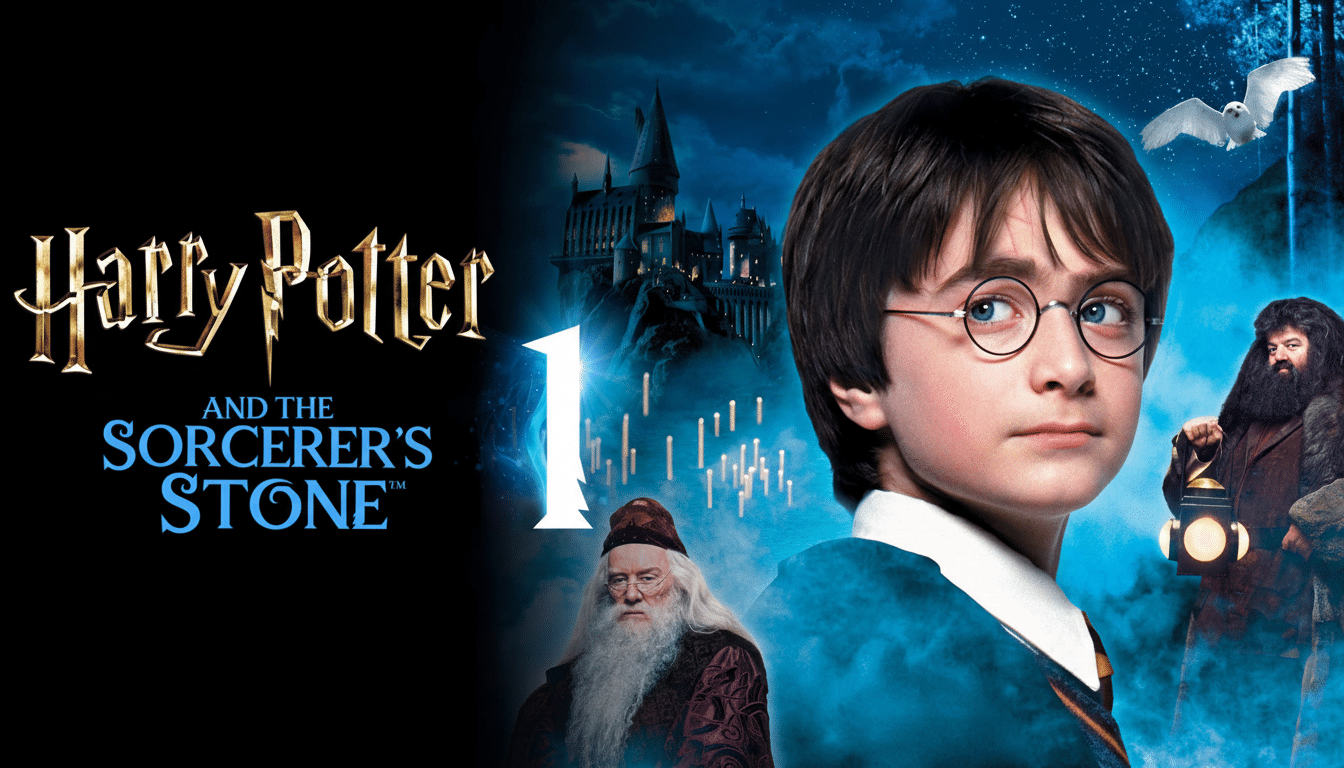I had been invited to an early listening session for the new Audible “immersive” edition of Harry Potter and the Sorcerer’s Stone, and it’s obvious that this project has higher goals than just a reread with new voices. Think cinematic audio design, a full cast, spatialized mixing that tries to put you on the Quidditch pitch instead of in the armchair. Here is what to expect — and how to get the most from it at home.
What’s Different About This Edition of Harry Potter?
Audible is presenting this as a companion to the much loved single-narrator recordings by Jim Dale and Stephen Fry, rather than an attempt to replace them. The defining difference is staging. Rather than one voice doing all the character-switching, there’s a cast and an ambience, scene-by-scene soundscapes that are closer to something like a lavish audio drama. Keen, with some impeccable sound design, too: rooms reverberate, broomsticks whoosh through channels, and crowds swell around dialogue.

That ambition is firmly in a fast-growing category. The Audio Publishers Association has recorded over ten years of continuous revenue growth for audiobooks in the U.S. as listeners embrace multi-cast performances and enriched sound. In other words, there really is an audience appetite for TV series that feel closer to film without the visuals.
The Spatial Mix and How It Hits Your Ears
Audible’s demo tapped into spatial audio, the method of distributing voices and effects across a virtual sound stage. What this looks like in practice might be dialogue front and center while ambient elements — wind, stadium roars, the quicksilver flutter of the Snitch — wrap around you. Played back on one speaker, those indicators compress into a left-right image; played back across multiple speakers, the sound can bloom into an immersive landscape.
At Amazon’s hardware showcase, engineers connected as many as five Echo devices to demonstrate how a room can be “mapped” using sound. The Echo Dot Max and the Echo Studio served to draw attention in different directions: percussion here, strings there, crowd coming from behind you — so that the cavernous room also becomes part of the performance. Amazon’s audio team referred to an AI-supported recalibration that takes reflections and distance between devices into account in order to balance the mix across the space.
For comparison, the Echo Dot Max is intended as a relatively small $99.99 speaker whose bass is much stronger than Dots of old, while the $219.99 Echo Studio wants to bring room-filling, near-surround heft that comes from a single box.
You don’t have to hear these same speakers in order to enjoy the audiobook, but they demonstrate how multitrack speaker arrays support and build the design philosophy of this production.
Early Listening Impressions from the Quidditch Scene
The snippet I heard slipped into an action-packed Quidditch scene. The good news: scale and texture showed up at once. You can see the crowd in relation to the field; the Snitch is alive, rather than in-description only; and the momentum sells the drama. The trade-off: in a lively room with multiple speakers playing, dialogue occasionally jockeyed with the effects bed. It’s a perennial hazard of spatial performances in which the action hits crescendo and voices are not mixed hotter than their surroundings by a few decibels.

Context matters. The same clip through a single, screen-facing speaker or on headphones with a properly set binaural mix often gives cleaner dialogue. On the other demos at the event — music and a movie clip — the headroom and stereo imaging of the hardware really came across. The Harry Potter sequence was also the example that most obviously exposed the trade-off of storytelling in 3D sound: thrill versus clarity.
How to Have the Best Experience with Spatial Audio
If you’re listening on headphones, pick something with a nice, open, and detailed midrange; that’s where dialogue intelligibility lives. Experiment with a “dialogue boost,” “speech enhancement,” or other analogous feature if your app or device has one, when you get to the action-heavy chapters and scenes. For smart speakers, begin with one better-quality speaker placed in the middle of the room, and move on to more — after positioning and adjusting their volumes to achieve dominance by your front-center channel.
Families thinking about some group listening might be mindful of dynamic range. Cinematic mixes can be punchy — good for getting lost, not so great before bed. Many systems can let you tame peaks without flattening the whole soundstage. It’s worth the two minutes of settings tweaking before you embark on a marathon session.
Where This Immersive Edition Fits with the Classics
For intimacy and ease of understanding, the single-narrator renditions are hard to beat; it’s as if the novel were being read aloud by lamplight. This newest volume is an experience of almost moving directly within the world of the film with never a picture in sight: more spectacle, more texture, and far greater interplay among characters. Audible’s leadership has pitched the project — it was previously announced this year — as its effort to bring Wizarding World to a new generation through a modern audio lens — an approach that makes sense for visitors who are now more likely to discover stories through podcasts and audio dramas.
It’s also an illustration of the franchise’s staying power. Market researchers like NPD BookScan have regularly placed Harry Potter near the top of backlist sales, and the continued spending on premium formats indicates that the audience isn’t solely nostalgic; it’s new.
Bottom Line on Audible’s Immersive Harry Potter Debut
Look for an action-forward, fully cast retelling that swaps some of the hushed, storytime charm for scale, momentum, and a modern soundstage. If you plan and set the system properly — get those tubes warm, maximize speaker separation, calibrate room acoustics — you will be far more likely to achieve the bonding experience that producers intend. And for purists, the classic readings are going nowhere; this is one more door into the Great Hall, not a new key.

